This year IWC shifted focus from their sportier collections to bring us a newly revised slate of Portuguese references. The new members of the collection get a revised design, new dial colors, and one wild new complication that marks a first for the brand. The new design taps into an ongoing trend of bringing depth and structure to dials, something we’ve seen a number brands embrace, perhaps most notably with TAG Heuer and their glassbox 39mm Carrera. IWC taps into this concept for the new Portuguese collection, pushing the dial to the edge of the case where it rounds off to sit under a domed crystal. The effect is striking, and the complications within lean into the brand’s strengths.
There are 5 new Portuguese Perpetual Calendar watches, with 4 of them falling into a well understood approach to the QP, and a fifth, called the Eternal Calendar, which welcomes a secular calendar complication to the perpetual calendar in a first for the brand. The secular calendar is a relatively uncommon take on the perpetual calendar, with brands from Vacheron Constantin to independents like Svend Andersen and even Furlan Marri (with the help of Dominique Renaud and Julien Tixier) boasting the complication. IWC has a history of perpetual calendar development, so its use here feels like a natural extension of that history.
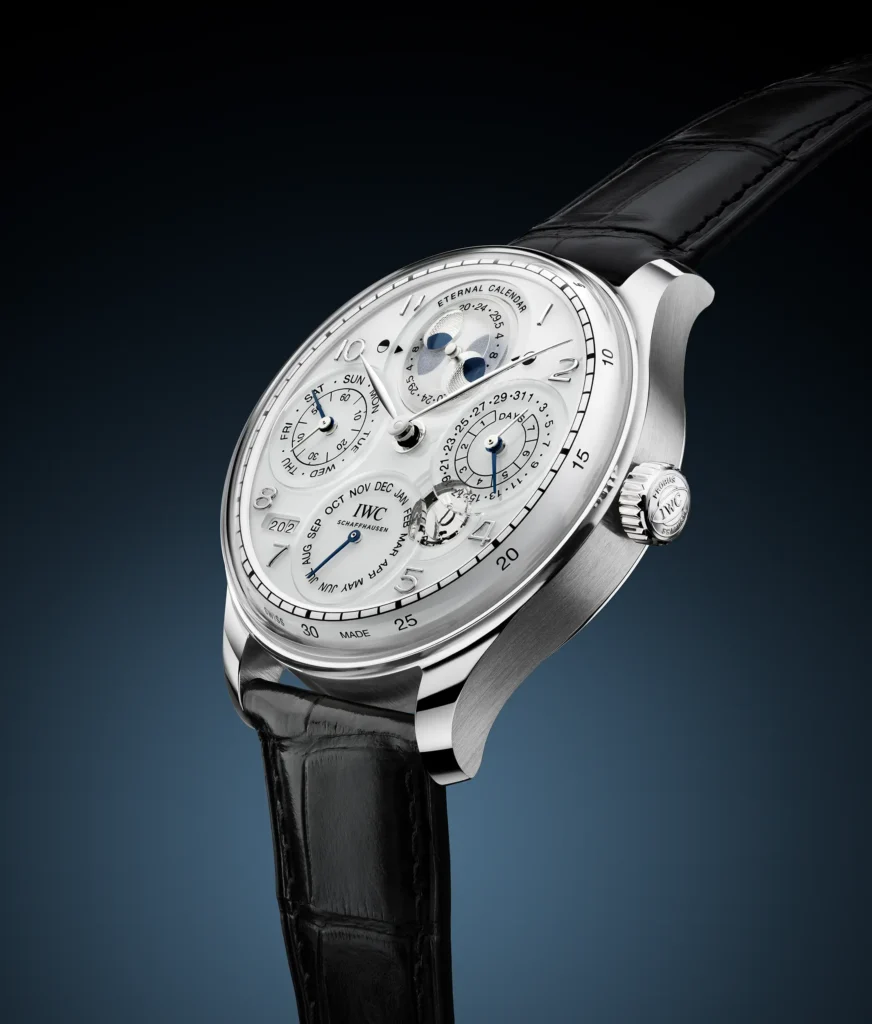
The secular calendar adds a nifty bit of functionality to the regular perpetual calendar by taking into account the periods when leap years are skipped. It takes earth 365 days to make a trip around the sun, which is broken out neatly into our 12 month calendars consisting of neat 24 hour days. But it’s not actually that simple. The time it takes the earth to orbit the sun is, in reality, 365 days 5 hours 48 minutes and 56 seconds. This is known as the sidereal year, and a sidereal day is actually approximately 86164.0905 seconds (23 h 56 min 4.0905 s or 23.9344696 h). Those numbers are a bit harder to round into a neat calendar presentation. As a result, we have leap years every four years which add an extra day to the end of February. But that doesn’t fully account for the inconsistencies, either. As a result, if the year is divisible by 100 and not divisible by 400, leap year is skipped.
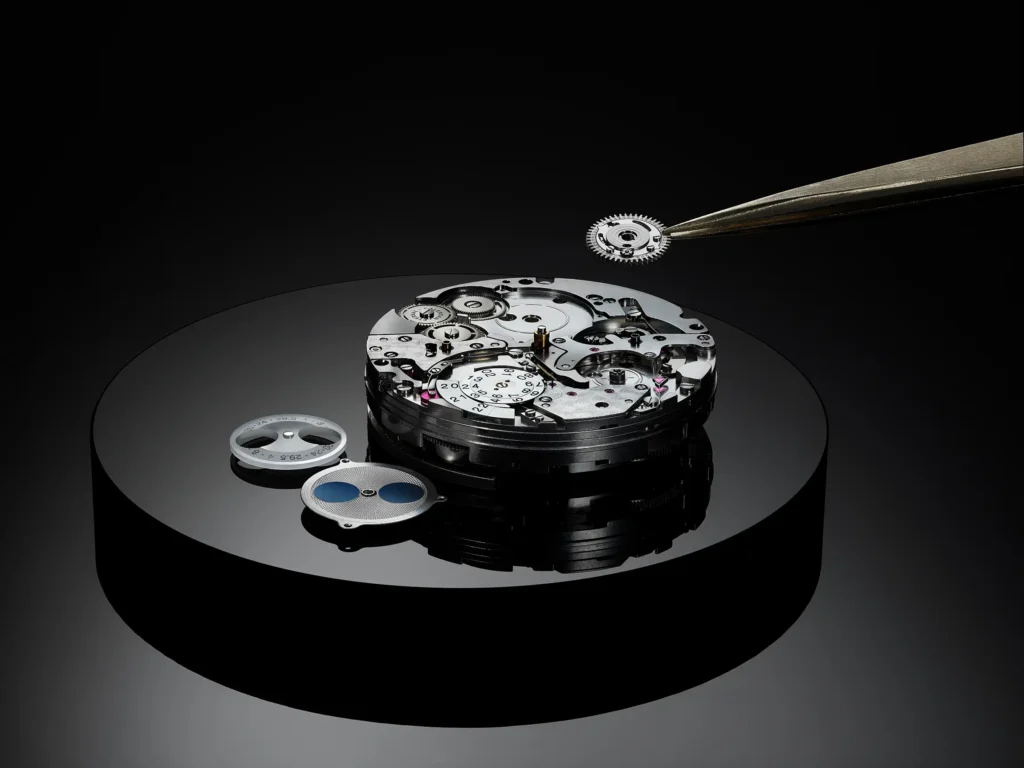
While a regular perpetual calendar accounts for that extra day in February every four years, a secular calendar takes into account even those years which are skipped. Well, not all of them, but more than would begin to be relevant to the normal lifespan of a human. The IWC Eternal Calendar will, theoretically, not require adjustment to its calendar for 400 years. The next year that this will be relevant is 2100. Further still, the moonphase indication takes things a step further with a gear reduction allowing it to remain accurate for another 45 million years. These two considerations appearing on the same watch is a pretty impressive feat, and IWC uses the caliber 52640 and its 396 parts to achieve it.
The secular calendar module is made visible through an aperture in the dial at 4:30. This module is set within the 48 month cam which makes its revolution every four years (programming the calendar, and indicating the leap year), with a reducing Maltese cross gear allowing the secular cam to make its full rotation every 400 years, allowing the calendar to skip three leap years over that same period of time.
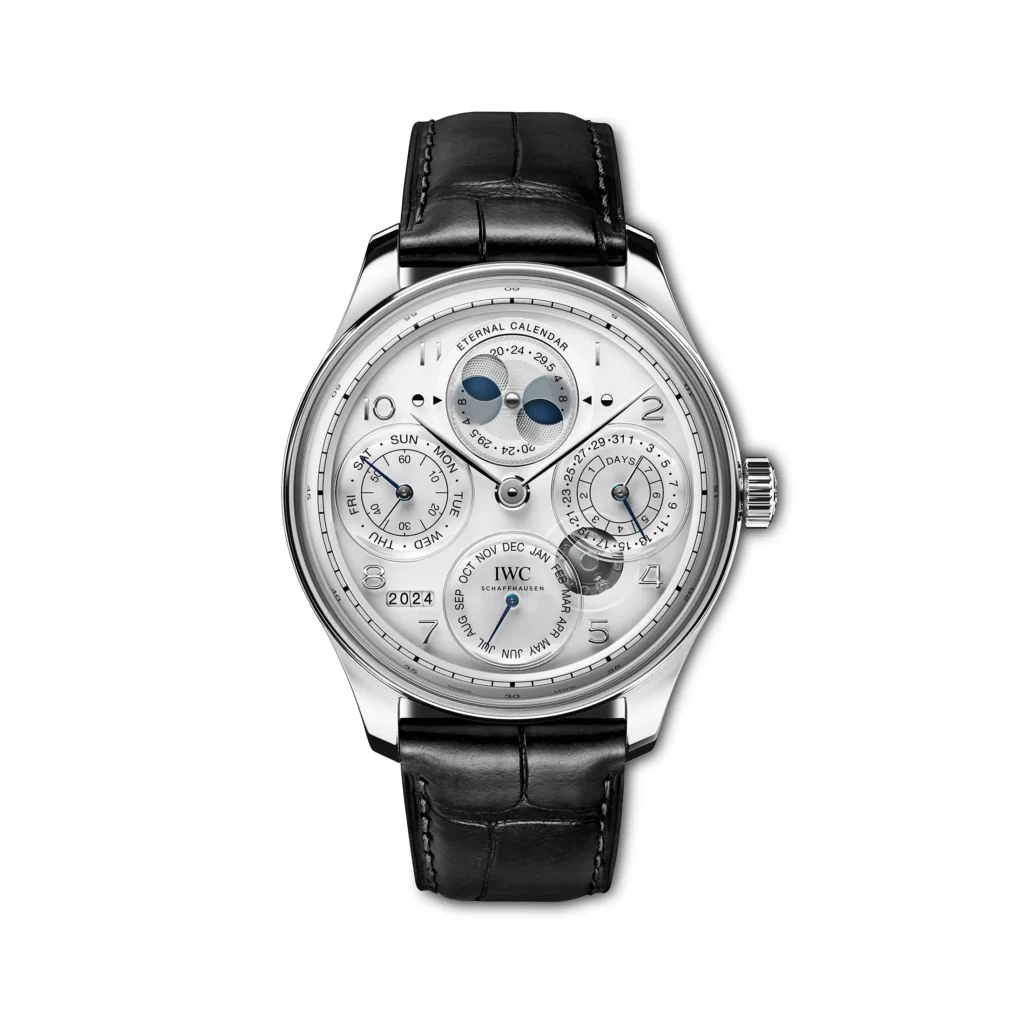
The information that needs to be displayed here hasn’t really changed from a regular perpetual calendar, with the year, month, date, and day each finding their place upon ‘floating’ glass discs that sit over the dial. This structure differentiates it from the other perpetual calendars released, and accentuates the depth of the sloping dial that peaks at the perimeter around the shape of the crystal. It’s a straightforward, easy to read (well, as easy to read as these things can be) solution that will only present issues in the areas which overlap that aperture in the dial at 4:30, at which point some of the contrast is lost. A running seconds hand is set within the 9 o’clock sub dial, while a power reserve indication resides within the 3 o’clock sub dial.
The Eternal Calendar is set within a 44.4mm platinum case that measures 14.9mm in thickness. It will be produced in limited quantities, naturally, and is priced from $155,000.
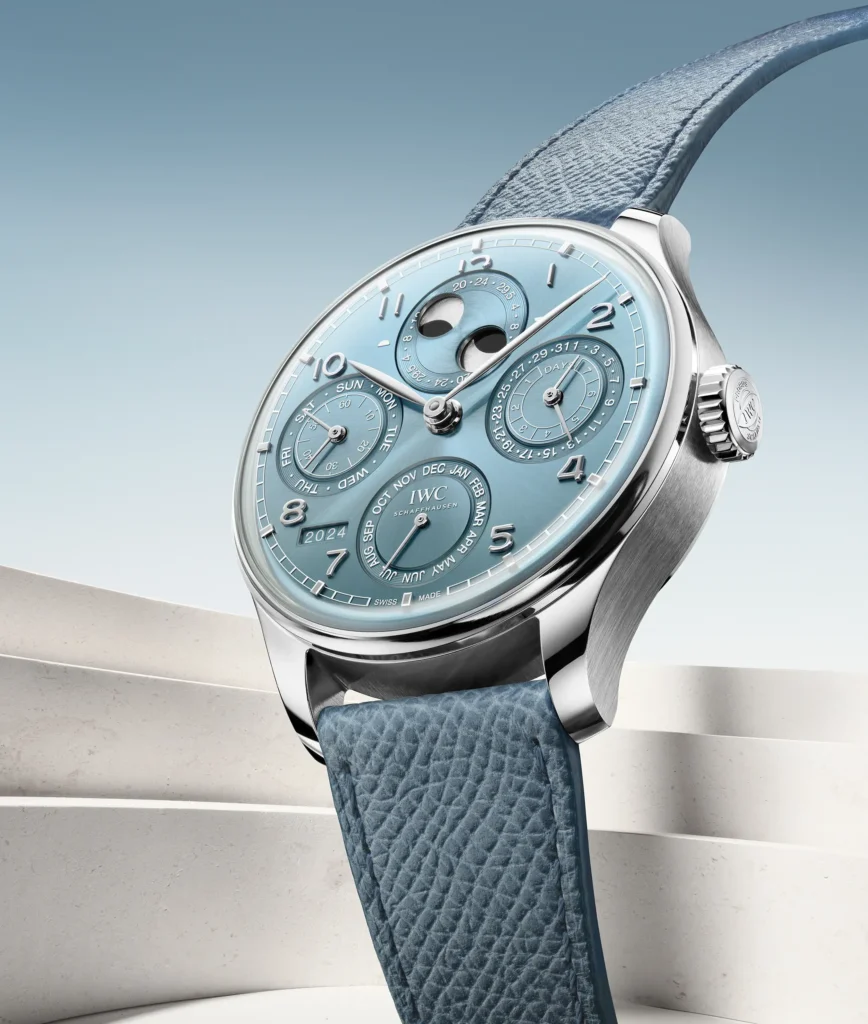
The other 4 perpetual calendar references released [resent a bit more variety in their colorways and material selection. They are obsidian (Armor gold case/black dial); Dune (white gold case/sandy champagne dial); Horizon (white gold case/light blue dial); and finally an Armor gold case with white dial option. The Dune and Horizon dials in particular present beautifully subtle colors that invite a closer look. Each will vary widely depending on the environment and angle in which they are being viewed. I found the Dune execution particularly interesting in this format, as it never really screams its true intention.
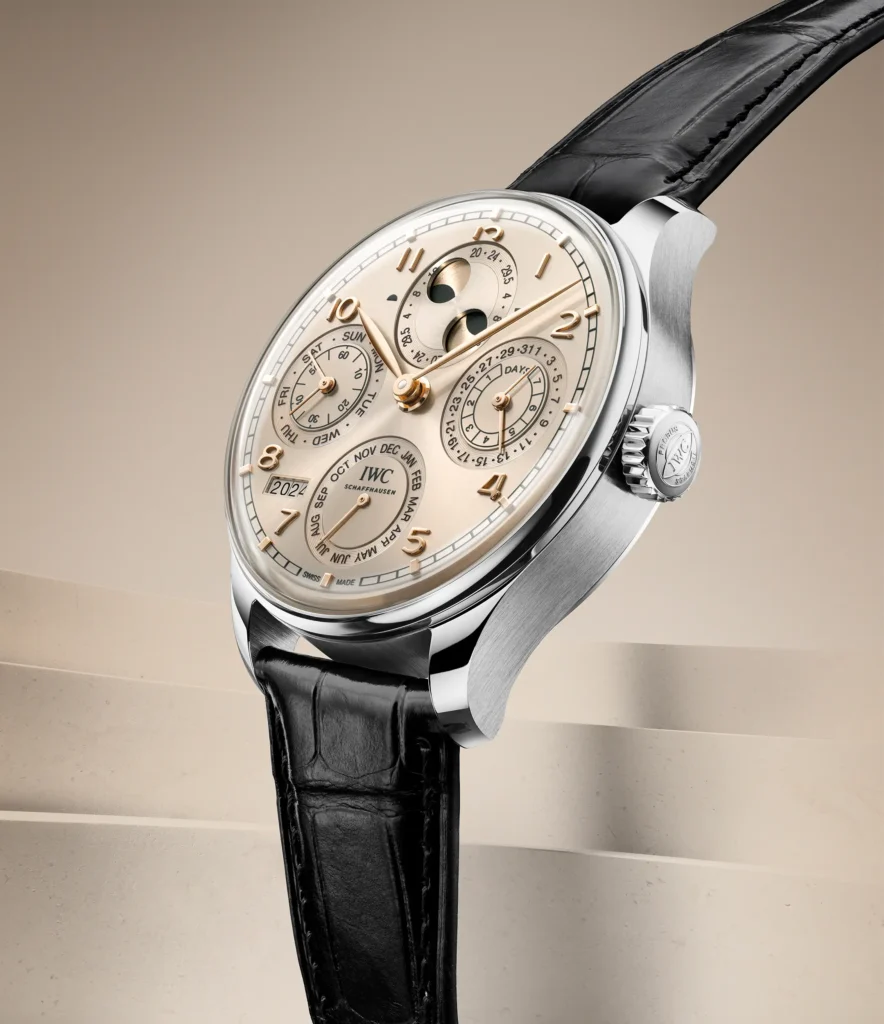
These watches get the same refreshed design that feels especially premium when viewed next to the older generation of the watch, and are kept in their 44mm case footprint. It’s a large case with plenty of dial to enjoy, and while it does feel a bit large on the wrist, it never feels unwearable thanks to the truncated lug. Overall fun and impressive watch with a handsome dial, but not quite as svelte and elegant as something like the 5140, for instance. But that doesn’t really feel like the goal here. If you’re looking for something a bit more demure and formal, the 40mm Portofino Perpetual Calendar will likely be your best bet (and that watch can be had for $25,000 in steel).
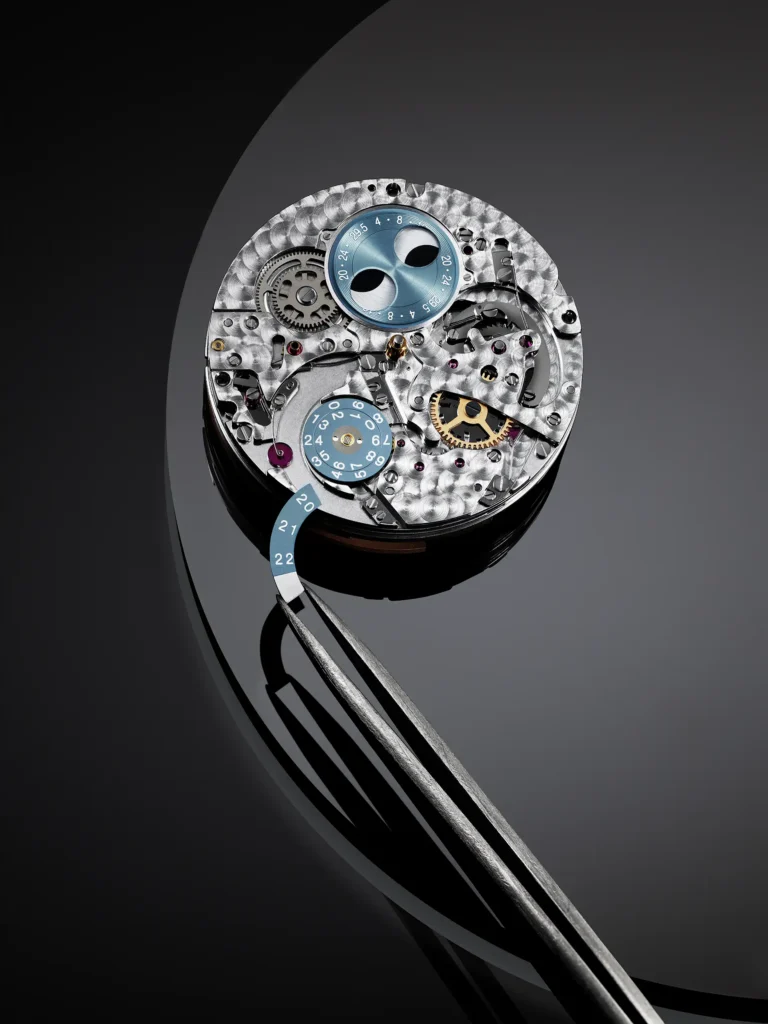
These Portuguese QPs will make more of a statement, and none are offered in steel cases so you’re looking at prices that range from $46,500 for the Armor gold cases, and $47,500 for the white gold cases. Each of these watches are available now at IWC boutiques.
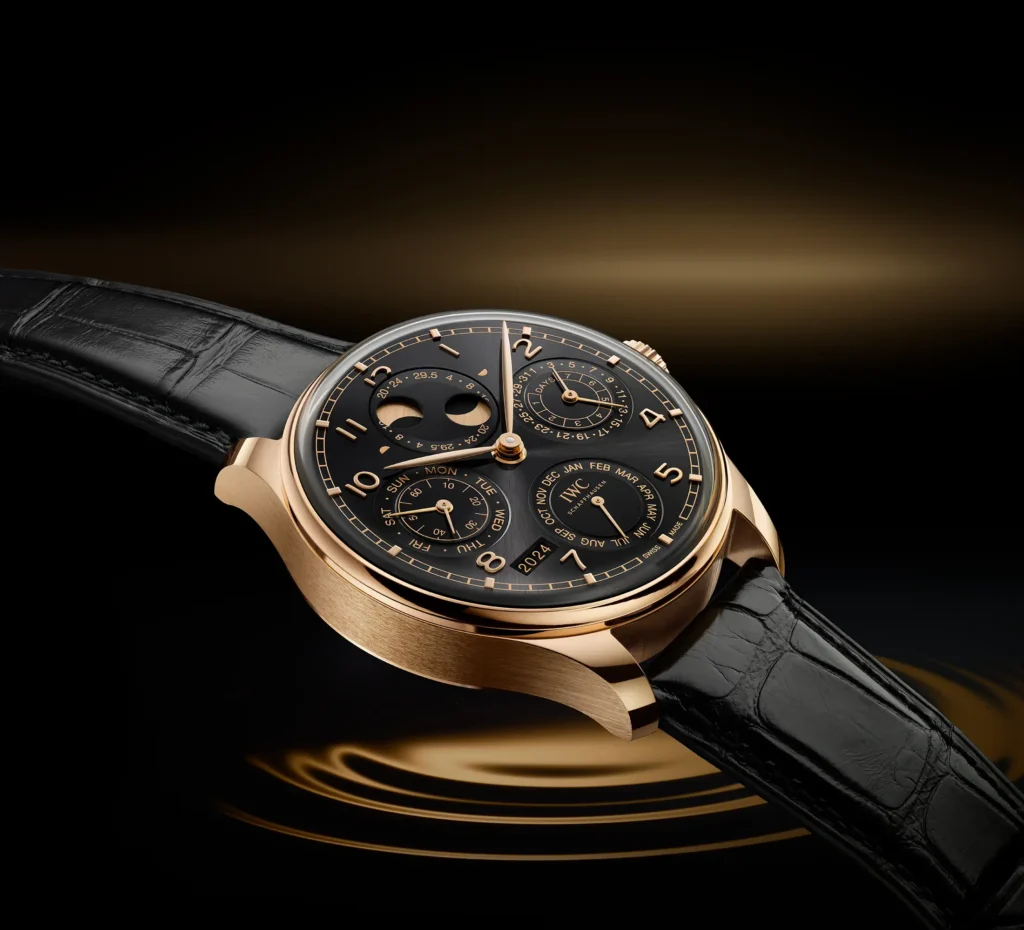
With the focus on the Portuguese collection this year we will hopefully see a return to the Ingenieur (which feels like it’s only just getting off the ground), and with any luck, a new Aquatimer down the line as well. Here’s hoping. IWC

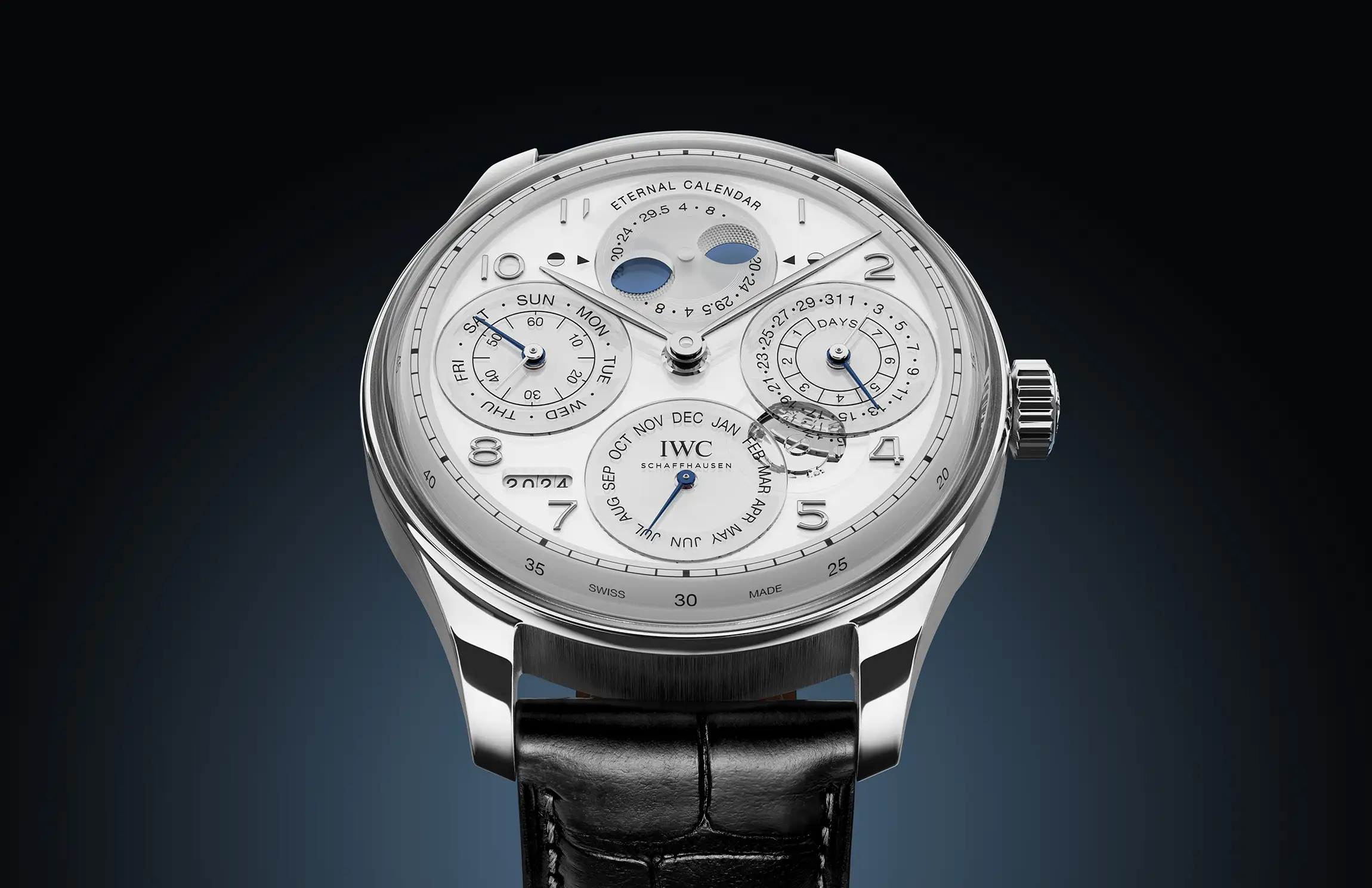
Comments
One response to “Video: Hands-On with New IWC Perpetual (& Eternal) Calendars at Watches & Wonders 2024”
[…] Essence LegerraIWC Eternal CalendarHermes CutTAG Heuer Glassbox PandaZenith Defy Extreme DiverProfessor Brian CoxProfessor Brian Cox on […]